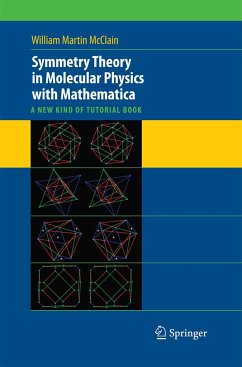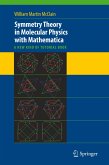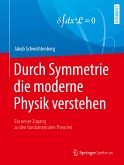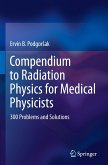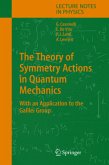Prof. McClain has, quite simply, produced a new kind of tutorial book. It is written using the logic engine Mathematica, which permits concrete exploration and development of every concept involved in Symmetry Theory. It is aimed at students of chemistry and molecular physics who need to know mathematical group theory and its applications, either for their own research or for understanding the language and concepts of their field. The book begins with the most elementary symmetry concepts, then presents mathematical group theory, and finally the projection operators that flow from the Great Orthogonality are automated and applied to chemical and spectroscopic problems.
From the reviews:
"The layout of McClain's book definitely reflects the author's idea of the book, together with multiple examples ... . First of all it is partitioned into three Parts which are further spilt into 48 Chapters and three Appendices. ... Summarizing, it is likely that tutorial book that many students and PhD students of chemistry, atomic and molecular physics are expected to percept the concept of molecular symmetry practically, interactively via Mathematica with molecules and thus to directly apply them in their own research." (Eugene Kryachko, Zentralblatt MATH, Vol. 1187, 2010)
"The layout of McClain's book definitely reflects the author's idea of the book, together with multiple examples ... . First of all it is partitioned into three Parts which are further spilt into 48 Chapters and three Appendices. ... Summarizing, it is likely that tutorial book that many students and PhD students of chemistry, atomic and molecular physics are expected to percept the concept of molecular symmetry practically, interactively via Mathematica with molecules and thus to directly apply them in their own research." (Eugene Kryachko, Zentralblatt MATH, Vol. 1187, 2010)

